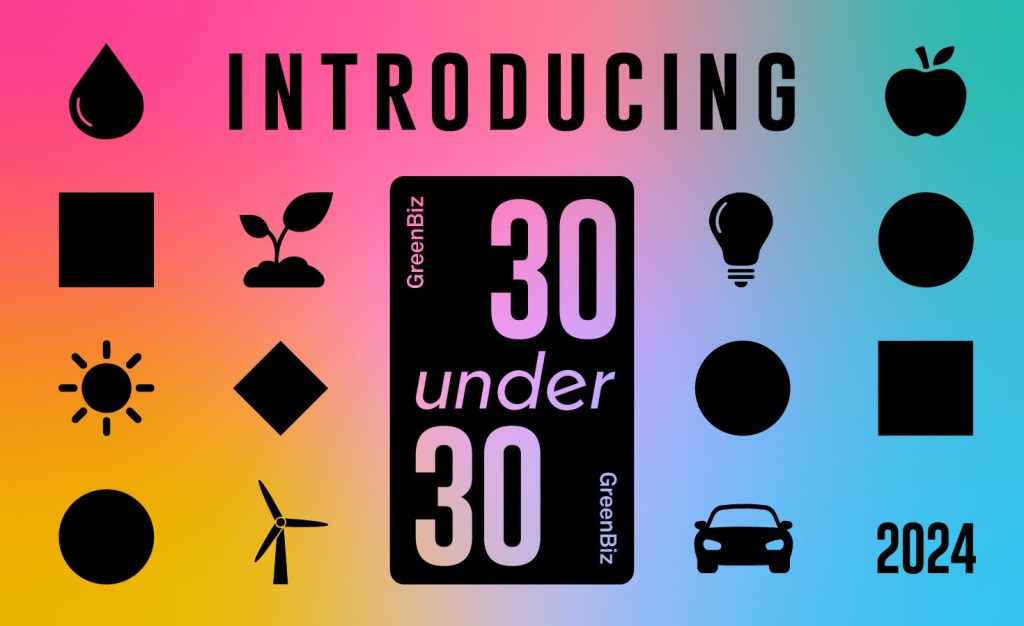6 Strategies for Sustainable Business Travel
Like many other areas of business, travel has its own set of systems; yet in most companies, sustainability has not been integrated into managed corporate travel programs. Here are some ideas on how to think differently about travel and how to better align your company's program with its sustainability goals. Read More
“Voyage, travel and change of place impart vigor” — Seneca, Roman Philosopher.
Today when sustainability professionals think about travel, the first thought that comes to their minds is “How can I reduce the CO2 footprint?” and not “How can I use travel to impart vigor?”
Last week during a workshop entitled “Greening Travel Beyond Teleconferencing” at the State of the Green Business Forum in San Francisco I shared some ideas on how to think differently about travel, how to have a more productive dialog with the travel department, and how to start integrating sustainability into travel.
Why are these issues important? Shouldn’t companies just focus on reducing their CO2 footprints? Over the last two years many companies got their “big hit” in CO2 reduction as they analyzed their travel spend and made cuts through demand management, travel avoidance or travel alternatives such as teleconferencing. But those big results, the 20 percent or 30 percent reductions will be difficult to sustain year over year, in particular if a business is growing. Business travel — much like IT — is an essential tool to running our businesses and therefore we need to develop strategies to ensure that we continue to increase our efficiency while decreasing our environmental impact.
Like many other areas of business, travel has its own set of systems; yet in most companies, sustainability is not well penetrated into managed corporate travel programs. In a recent CMI Green Traveler Survey, only 20 percent of participants said their company’s travel policy recommended that they book a more environmentally friendly option (air travel, hotel stay or car hire).
I am a member and former chair of the CSR Committee at the Global Business Travel Association that has published a complete CSR Toolkit for Travel Managers. Here are some ideas for integrating sustainability into your managed travel programs to better align with your company’s sustainability goals:
1. People, Process and Policy — Get to know your travel department — the people, the organization they report in to, their performance goals and the systems they use. This will help you align with them and start integrating sustainability into travel. Supporting their goals, such as decreasing travel spend or driving compliance with travel policy, will also support the changes you are hoping to incorporate. Understanding the tools and processes they use will provide you with the “how” to implement change in the most efficient and painless way possible.
2. We Are What We Measure — How you measure the environmental impact of business travel is one of the greatest areas of opportunity for driving change. Beyond just measuring the total CO2 footprint of travel — data that can be obtained from your travel department or travel management company — when you can match those measures to the change you are trying to drive, you will be able to demonstrate results. If, for instance, you are encouraging your travelers to do more on a single trip, making the trip longer but more efficient, you can measure your CO2 footprint by travel day, so that your CO2 per day will show a decrease over time. If you measure your travel spend against revenue dollar generated, then adding the CO2 into that equation will show a decrease in spend and CO2 per revenue dollar generated. Linking your measures directly to the kind of initiatives you are driving will demonstrate improvements and adoption of your sustainability initiatives beyond the simple CO2 gross calculations.
3. Influencing Traveler Behavior — Once you are familiar with your travel policies and compliance levels, you can then influence sustainable travel practices. One of our customers is using what we call “Dynamic Messaging” on certain routes in Europe to encourage rail travel versus air travel. Another customer highlights green hotels in their preferred list of hotels, encouraging employees to book the green option. Working with your travel department and your technology providers you can positively influence more sustainable behaviors (beyond travel avoidance) at every step of the travel process.
4. How Green Is Your Travel Supply Chain? — While most companies already have a vendor Sustainability Index or scorecard system in place, this rarely includes travel vendors. Using those same principles and criteria, or using global standards such as the Global Sustainable Tourism Criteria, you can create a scorecard to understand how much of your travel spend is going to sustainable suppliers. You can also incorporate green language from your procurement RFPs into your travel supplier RFPs. Once you have that scorecard or inventory you can align your travel procurement with your companywide purchasing and vendor selection.
5. Groups and Meetings — This is one of the easiest areas to green by policy and even by mandate. Customers and employees often comment about green companies serving bottled water at meetings or giving out gadgets that are anything BUT sustainable on tradeshow floors (think rubber stress balls made of mystery materials). And, in many cases, groups and meetings may not even be measured as a part of the corporate CO2 travel footprint. There are numerous public resources such as the Green Meetings Industry Council to get you started today on setting a policy or practice for meetings — whether those are pizza lunches or all-out customer conferences.
6. Technology Takes the Lead — From the tools you use to pull CO2 reports on travel to the mobile applications or corporate booking tools your provide to your employees, technology is the protagonist for successful and efficient integration of sustainability into your managed travel program. Travel industry technology has made huge strides in making travel more efficient and more sustainable — just think back to the days of paper tickets! It will continue to play a leading role, and at Sabre we will continue to work with our customers across the travel-value chain to develop high-powered solutions that promote efficient and sustainable travel.
Photos by Goodwin Ogbuehi, http://flickr.com/photos/yoshikatsu.













